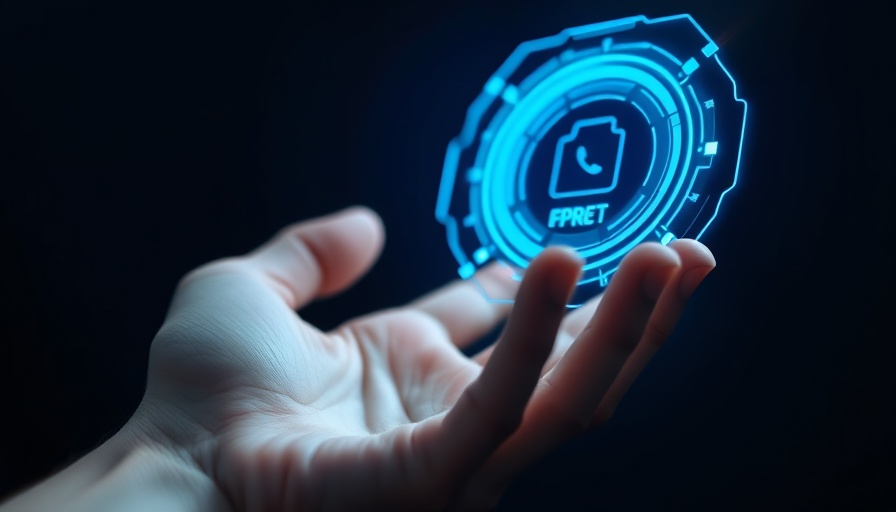
Introducing RAAPID's Innovative RADV Audit Solution
In an era where compliance and accuracy are paramount, RAAPID has launched its groundbreaking RADV Audit Solution designed specifically for health plans grappling with the complexities of Risk Adjustment Data Validation. This new offering promises comprehensive support to meet the challenging standards set by the Centers for Medicare & Medicaid Services (CMS). The solution is not just a tool but a game-changer for the healthcare industry as it incorporates cutting-edge artificial intelligence to manage one of the most demanding compliance challenges today.
Transforming Healthcare Compliance with AI
RAAPID's RADV Audit Solution sets itself apart through the use of advanced AI technology. During the upcoming RISE West conference, attendees will experience live demonstrations showcasing the solution’s capabilities, including real-time audit workflow management. Gone are the days of scrambling through spreadsheets as the platform consolidates all audit activities into a single, intelligent console complete with automated alerts and progress tracking. This streamlining not only enhances efficiency but also significantly reduces the risk of human error.
Mock Audits: A Closer Look at Preparedness
As a vital component of the launch, RAAPID offers a mock audit simulation that encapsulates the entire RADV audit cycle. This simulation provides health plans with a compressed yet vivid picture of what they might face, from initial notifications through to final response submissions. It serves as both an educational tool and a practical guide for employees navigating the intricate landscape of audits.
The Financial Impact of RADV Audits
With CMS projecting an astounding $4.7 billion in recoveries from RADV audits, the stakes for health plans have never been higher. CMS has now instituted universal annual audits, amplifying the financial pressure on insurers to ensure perfect documentation. RAAPID's audit solution aims to alleviate this burden, enabling health plans to mitigate risks associated with costly recoupments.
A Dual-Powered Approach for Comprehensive Coverage
The dual-powered approach of RAAPID's solution uniquely blends technology and expertise. Health plans gain access to an intelligent audit management tool that enhances visibility into their audit status while automating task assignments and providing proactive risk alerts. For those seeking additional support, optional AI capabilities can be activated, further enhancing efficiency.
Flexible Strategies for Diverse Audit Scenarios
RAAPID understands that every situation is unique. Therefore, the platform is tailored to address various audit needs, including support for plans currently under CMS audits. By offering immediate assistance to craft defensible responses, RAAPID ensures that health plans can prepare for audits with confidence. Conference attendees will witness how the platform meticulously analyzes charts and claims to generate robust audit documentation.
AI-Powered Chart Review: A New Frontier
As part of its features, RAAPID employs Neuro-Symbolic AI to refine the accuracy of chart reviews. This innovative technology not only identifies Hierarchical Condition Categories (HCC) codes but also provides explainable evidence trails crucial for passing scrutiny from CMS. This level of transparency and accountability is essential in an environment where compliance is tightly regulated.
Future Outlook: Navigating the Evolving Landscape of Health Audits
As healthcare regulations continue to evolve, the importance of embracing innovative solutions like RAAPID's RADV Audit Solution cannot be overstated. The financial implications of RADV audits demand that health plans adopt proactive measures to safeguard their compliance efforts. With the ongoing advancements in AI and machine learning, health plans can look forward to an era where audit preparation becomes less burdensome and more efficient.
RAAPID's addition to the market comes at a crucial time, providing a bridge to compliance that many health plans desperately need. As audits become a routine aspect of healthcare operations, solutions like this not only enhance operational efficiency but ultimately support the broader aim of delivering quality care.
 Add Row
Add Row  Add
Add 




Write A Comment